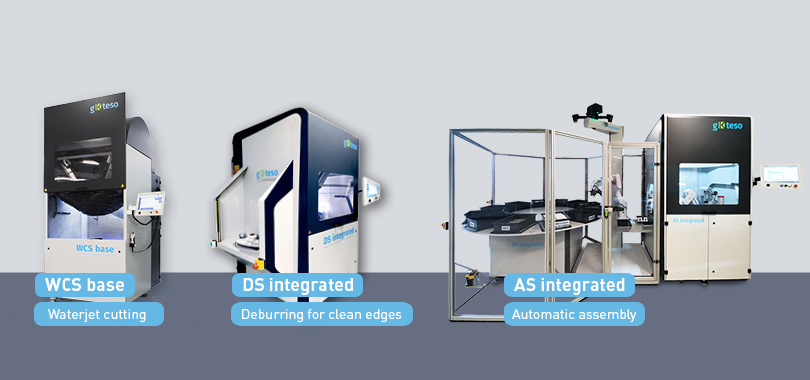Deburring of cast parts
Low purchasing costs at higher efficiency
Manual workplaces are increasingly replaced by deburring machines for deburring of cast parts. The reason for this is the higher efficiency and precision.
A company is looking for a process to deburr cast parts. There usually is a burr of approx. 2 mm left along the edges. I the past, this burr was removed by a manual deburrer. This procedure is to be replaced by a more efficient and yet less costly procedure.
A deburring robot is not an option due to the high costs. Some companies use deburring tools that are held in the machine spindle and turned out by up to 4┬░. This requires a machine spindle that can do 12,000 r/min or more, which is impossible for many companies. In this procedure, the edges are deburred, but remain very uneven, since the deburring mills jump when deburring.
Other companies work with deburring brushes that are held in the machine spindle. These do not work for all applications.
Deburring of cast parts with the deburring machines by gKteso
Deburring machines that deburr cast parts with a precision of up to 0.1 mm and high efficiency have been on the market for a few years. The prototype was developed by gKteso GmbH in Bobingen.
In contrast to earlier models, these deburring machines work with multi-dimensionally movable arms. They thus permit post-processing in up to six axes. When post-processing by rotary or change table, they can even work in up to eight axes.
Therefore, customers can choose between two post-processing systems for cast parts. The workpiece-guided system includes flexible arms gripping the workpiece and guiding it to the respective workpiece. The multi-dimensional workpiece guide also permits precision-deburring of complex cast parts. Irregular surfaces or uneven deburring are things of the past. The process of deburring takes place in a single cell.
Supply in parallel with the main time is possible via the infeed of the cast parts, a rotary or change table. The production and efficiency are streamlined a lot this way. The possibility to integrate the deburring machines in production lanes gets rid of long transport paths. Costs drop, while quality and quantity increase.



 Download Datasheets
Download Datasheets